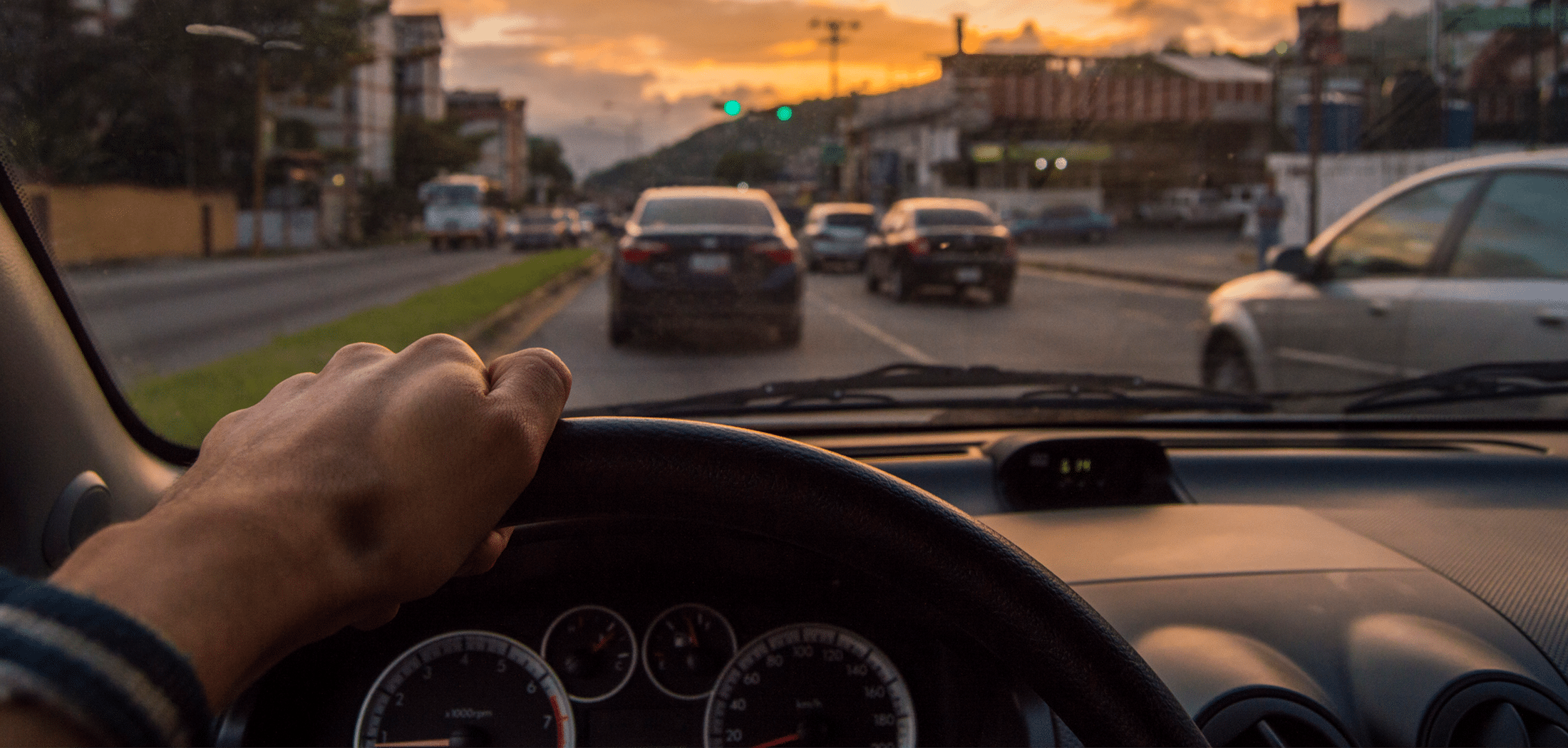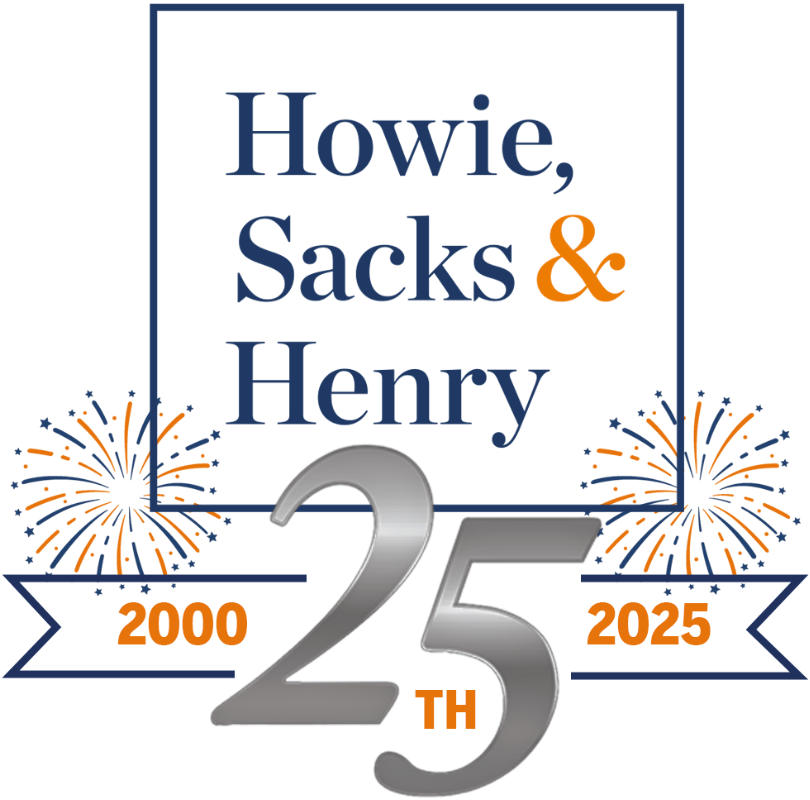
Listen
Determining what happened in a car accident isn’t always straightforward. Sometimes witnesses will recall events differently. Sometimes we know which vehicle crossed the centre line but need to understand why.
Accident reconstruction engineers can analyze physical evidence (including information from a vehicle’s event data recorder, aka ‘black box’) to help us understand how a collision occurred. Still, they can only sometimes explain what caused the accident or determine who was at fault. But now several vehicle manufacturers have provided a game-changing tool – cameras mounted in the vehicle that automatically record photographic or video evidence of what happened seconds before the motor vehicle accident.
Different Technology for Car Manufacturers
For the last few years, car manufacturers have been quietly installing cameras in the windshields and on other places of the car, such as the front bumpers of newer model vehicles. Similar to ‘black box’ recorders, these cameras are designed to capture photographic information, usually on a 5-second loop. Although the systems vary depending on the vehicle’s make and model, car accident reconstruction engineers can generally download a series of still photos taken by the vehicle’s internal camera five seconds before impact. The images can be used individually or strung together to create a mini video that shows the driver’s view before the car crash.
Depending on the manufacturer, some newer model vehicles include built-in cameras and recording devices that can be accessed after an accident:
- Toyota and Lexus models feature a Vehicle Control History (VCH) recorder that logs things like hard braking when the antilock braking system is used and the engagement of traction control and other semi-autonomous features. Toyota has had this technology in the Rav4 since 2013, and in each successive year, Toyota and Lexus have added this technology to more of their vehicles. By 2020 all their models had it except the Lexus CT200h. These newer Toyota/Lexus models also can record photos of an incident.
- GM vehicles also have the capability to capture photos. Some late-model Buicks, GMCs, Chevrolets and Cadillacs come equipped with a Front Camera Module (FCM) that allows images to be downloaded by a reconstruction engineer and passed along to an insurer or a lawyer.
- BMW vehicles go one step further. Select models, from 2019 onward, will provide 20 seconds of video from before and after the moment the car’s sensors detect a crash occurrence. However, while the cameras in a BMW are always filming, the images are only saved if the driver has activated the BMW Driver Recorder system. BMWs offer up to four camera views (front, rear and one for each side mirror), and the operator can select which camera views will be recorded. Video clips can easily be downloaded from the vehicle onto a USB storage device.
- On Tesla vehicles, video is constantly captured by the eight cameras and stored remotely on the cloud. Recordings of a longer length (not just 5 or 20 seconds) can be downloaded. However, only the vehicle’s owner can request and receive the video from Tesla.
Photographic Evidence and Liability
Seeing what happens in a serious motor vehicle collision will benefit everyone. There will be fewer disputes about what occurred and who was at fault for the accident. Innocent drivers can provide photographic evidence that they were not at fault. We will not have to wait for the police reconstruction report to become available to know what happened if the physical evidence isn’t apparent. Pre-crash photographs or videos can be a powerful tool for determining the cause of an accident. This evidence will reduce our reliance on eyewitnesses, which are only sometimes reliable. In one of my fatal car accident cases, the engineer downloaded the photographs to create a video showing the defendant’s vehicle driving in the oncoming lane for several seconds before hitting my client’s vehicle as it rounded a bend in the road.
This proliferation of photo and video evidence is a game changer for insurers and lawyers trying to determine fault. The images can determine who went through the red light, who failed to stop at a four-way stop sign, or who changed lanes and caused an accident. Litigation should be less contentious since the photos will help show who is at fault for the accident. It will help resolve cases sooner as well when liability is crystallized.
Contact our Toronto Car Accident Lawyers for a Consultation
Contact Howie, Sacks & Henry for a free consultation if you or a loved one has been involved in a motor vehicle accident. Our team of personal injury lawyers will review your case details and review any available legal options you may be eligible to pursue. You can book your consultation by calling, chatting with us online, or filling out a form consultation request here.






